Madhya Pradesh villagers displaced by Sardar Sarovar Dam wait in tin sheds for new life
Sun 06 Oct 2019, 11:13:19
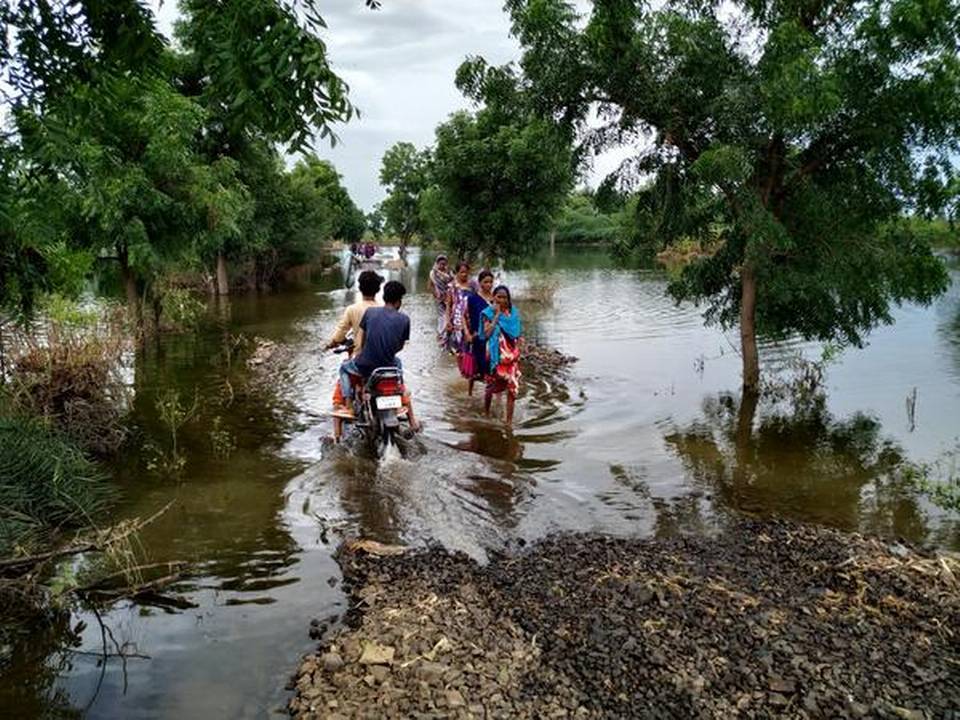
Chikalda disappeared last week. And with it, the houses of at least 1,366 families. As the water crept in, the village in Dhar district of Madhya Pradesh emptied out in mid-September. What would you take with you with the water lapping at your waist? Chikalda’s men and women grabbed children, documents, sacks of dal, school bags, buffaloes and cows, and waded out. In three days, their homes had crumbled, then dissolved — single-storied, multi-storied, swanky with marble floors, 100-year-old inheritances, shops stacked with tractor engines or reams of woven cotton, now all sediment.
A week later, you could only enter Chikalda by boat. The Narmada river water was at door’s height, sometimes higher, touching the underside of first-floor balconies. Only five cats remained, hungry and wet. Nature was taking over — kingfishers and egrets perched on the panchayat’s neem tree, fish and frogs swam in bedrooms. The temple’s dome and the mosque’s minaret still poked out, but most worshippers are joining their hands together in government offices now.
Chikalda is one of the 178 villages that the Narmada has flowed into since late August, when the Sardar Sarovar dam blocked its path downstream in Gujarat. The river originates and largely flows in Madhya Pradesh, and when it could not move forward, it expanded sideways into villages, fields and markets. Some villages have entirely gone under, many are partially submerged and rapidly collapsing, others have become islands.
Bharat, 40, a fisherman, rowed his boat above Chikalda’s cemetery, looking for fish hiding in watery tombs. He left a roti on a tin roof for a starving cat.
“We didn’t think the government would actually fill the dam and drown us, because they haven’t yet resettled tens of thousands of us,” he said. Most people were still waiting for money, farmland, and alternate housing — legal rights for the over 32,000 families the dam displaces. If a plot was given, the money to build it was often not. If compensatory farmland was due, sometimes only half was given, and it was sometimes infertile. “We were fighting for all this, as we continued to farm, fish, go to school, have weddings. This submergence came overnight, as if we didn’t exist.”
Show of strength
In June this year, the Gujarat government closed the dam gates to fill the reservoir to its full height of 138.68 metres, in order to “test” its capacity. The Narmada Control Authority (NCA), the central body in charge of monitoring the rehabilitation, permitted this because it has long insisted that everyone in the 230 affected villages across Gujarat, Maharashtra, and Madhya Pradesh is already fully resettled. Its website and all its reports still say the balance remaining to be rehabilitated is “nil”. Since, on paper, no one lived in these villages, they could be flooded to test the dam’s strength.
Test or not, it was a show of strength. The Gujarat government invited the Prime Minister to celebrate his birthday at the dam’s reservoir, full to its brim for the first time. The water was as high as a 50-storey building. In a live television broadcast on September 17, Narendra Modi offered flowers to River Narmada for her holy magnificence.
That same week, 38-year-old farmer Golu Ambaram waded in chest-deep water in Bhavati village in Madhya Pradesh to rescue his cattle from drowning. Ranjana Hiralal from Khapar Kheda kicked and screamed as her husband and son dragged her out of their inundated house — “I don’t want to leave,” she cried. Around them, thriving villages and standing harvests worth crores of rupees folded like sheets of paper in high water. Few cameras caught this.
When it came
The people of the Narmada valley have feared the doob — or submergence — since 1961 when the then Prime Minister Jawaharlal Nehru laid the Sardar Sarovar Dam’s foundation, and through the 90s, as they realised that it would flood their fertile farms, dense forests and sources of livelihood.
The dam proposes to irrigate 1.8 million hectares, produce 1,450 MW hydroelectricity, and quench dry villages in Kutch and Saurashtra. It’s an engineering marvel and an institution of national pride, but it took three decades of court battles, rallies and hunger fasts to get three State governments, the Centre and the Supreme Court to start delivering a fair rehabilitation package for the 230 villages and the 2.5 lakh-odd people the dam would displace.
Construction of the dam has been stalled by Supreme Court hearings and inter-State battles for decades. But the pace picked up a month after Modi became Prime Minister in 2014. A three-time Chief Minister from a State that has always called the dam its lifeline, he approved the construction of the dam to its full height within a month of taking office. In 2017, on his birthday, he inaugurated the dam and unveiled a gigantic statue of Vallabhbhai Patel, who is believed to have proposed the large dam. Since then, a total submergence was in the works, as long as rehabilitation was completed and there was enough rain to fill the dam.
The flood, then, was a long time coming. “But we didn’t expect it today, we didn’t think the government would flush us out like ants,” said Ambaram, whose house and three acres of farmland in Bhavati went underwater in mid-September. He now lives in a tin shed shelter with dozens from his village, “eating roti and trying to find work”. The Madhya Pradesh government built these temporary shelters in 2017 to house those awaiting resettlement. Like many others, Ambaram was both grateful for the dry roof and humiliated about having to live under it like a refugee. “In a week, I’ve gone from farmer to construction labourer,” he said. Hearing him shout, dozens came running, hoping I was a government official. “Give us our plot, madam. How many years has it been? Take down our names, numbers,” they said.
Spectres of loss
The Narmada valley is an unbearable spectre of displacement today, the losses largely hidden from the rest of the country. To witness the process of forced displacement is like watching the beginnings of a terminal illness. It’s ugly, and you know it’s going to get worse.
Worst of all, the devastation was entirely avoidable. The Supreme Court has repeatedly maintained that full rehabilitation
must be completed six months before submergence. Broadly, affected families are owed a plot in a rehabilitation village with schools, road, water, electricity and panchayat office; ₹5.8 lakh to construct a new house; and farmland, or ₹60 lakh in exchange for lost farmland. Landless families must get livelihood compensation, and fisherfolk must receive licences to fish in the reservoir. These packages were framed on the principle that a development project meant for the future must not impoverish thousands today.
must be completed six months before submergence. Broadly, affected families are owed a plot in a rehabilitation village with schools, road, water, electricity and panchayat office; ₹5.8 lakh to construct a new house; and farmland, or ₹60 lakh in exchange for lost farmland. Landless families must get livelihood compensation, and fisherfolk must receive licences to fish in the reservoir. These packages were framed on the principle that a development project meant for the future must not impoverish thousands today.
Over the years, Gujarat and Maharashtra have resettled nearly all their displaced from 19 and 33 villages, respectively. Madhya Pradesh, where the largest number of people are affected, severely lags behind. Some payments have been made, some villagers resettled. Several families are disputing partial transfers, while others have taken what they’ve got. It is apparent to anyone who visits the valley that the rehabilitation sites are largely roadless, school-less and people-less. As of July 2019, before the submergence, the Narmada Bachao Andolan (NBA) estimated that 31,593 families remained in their original villages, awaiting full compensation.
And yet, the dam was filled to the brim, and villages submerged. The NBA has now filed a petition in the Supreme Court, calling the submergence illegal.
Madhya Pradesh rehabilitation officials and Rajiv Gupta, Managing Director of Sardar Sarovar Narmada Nigam Ltd., Gujarat, refused to comment, saying the matter was sub judice. NCA’s executive member did not respond to emails and calls.
There may be differing opinions on whether the dam should have been built or not, but few can justify people being flooded out of their homes without being given what they were promised. Today, what’s visible are submerged homes and unmoored people. Acres of farmland have gone under, or have been rendered inaccessible by roads and bridges washed away. In a few months, when even fewer of us will be watching, the cracks in the agricultural economy are bound to show up.
“In one day, I’ve lost ₹1.5 lakh,” said Natthu Sitaram Mukati, 65, from Khapar Kheda, who lost 2.5 acres of his standing chilli harvest. From the two acres left outside the water, he hurriedly picked the green chillies before they could turn red, in case that was flooded too. “The usual price is ₹38 for a kilo, but I’m forced to sell for ₹8 a kilo because the roads are inundated and traders have to make a longer journey.”
The Mukatis are five brothers, all farmers. Three have received plots, and one of them has built a house. “That’s where we are all staying now after our houses were submerged,” said Mukati. They have wheat and dal to last them six months, and the ₹60 lakh compensation he got for his inundated farmland. “Nearly 30 of us have to live off that; so in a year, I don’t know where we’ll be.”
With farms flooded, crops lost, and big farmers cash-strapped, labourers are struggling to find work. Most of them, especially the women, are becoming desperate. Rukhdi Radhu from Nandgaon village said, “It’s good the government is giving us food three times a day, but without work, how will I afford medicines, cattle fodder, school fees, and transport?” The 55-year-old single mother lost three of her five buffaloes in the deluge.
Over 200 Adivasi families living in mud houses around Borkhedi village said a nodal officer had asked them to evacuate last year after promising them alternative plots and money. Nearly all of them moved to their farmlands higher up on the hill. Last week, their village sank. They are now afraid their names haven’t been recorded as displaced in any government record.
When one of the more literate residents, Bhuwan Singh Rawat, 35, went to the Collector’s office some days ago to submit Borkhedi’s petitions demanding rehabilitation, he said the officials mocked him. “They said, ‘Oh, you people keep coming and asking for things. First, the father demands land, then the son’,” said Rawat, as he clenched his jaw in rage at the memory. “We are just caring for our children and their future, just like you would.”
Ghost town
In a painful way, the deluge has given the lie to many of the calculations of the dam authorities. Every few years, the number of dam-affected has would vastly change — with technical tweaks, dam authorities would make thousands ineligible for rehabilitation. Villages like Katnera, which the officials marked on maps as being outside the submergence zone, are half under water today. Even some rehabilitation sites are touching water.
Nisarpur, the biggest and richest village to be submerged, is now a ghost town. Three-storied buildings float like icebergs. Nearly all the houses are locked up. A few residents were lugging refrigerators, motorbikes and steel utensils across the dry patches. Tourists from a neighbouring Shani temple festival stopped their cars to gape at the disappearing of an era.
Sukhi behen’s house is on the first road into Nisarpur. Even as the waters eat away the back of her house, she has refused to go. “They are filling water to chase us out, right? Let everyone see what the life of someone who won’t run away looks like,” she said. Water fills the approach road, and laps at the spout of a hand-pump nearby. “This is the level of 138.68 metres, they say, the level to which the water will rise,” she said, pointing to a yellow mark on a wall adjacent to her house. “Yes, that’s where the water came. My house is slightly higher, so they said I wasn’t affected.”
Shankar Singh, the 75-year-old farmer who accompanied me into Nisarpur, tried to convince Sukhi behen to leave. “To rot in that tin-shed when I have a house of four rooms? No!” she said. “If I die here, they can swim into Nisarpur to find me.”
Singh left his 100-year-old ancestral home the day the water doused the kitchen stove. “At that point, we only had two options, didn’t we? Stay and suffer immediately, or leave and suffer slowly.”
He asked if I lived in a city. “Maybe a city dweller like you will not understand — being forced to leave the village of your ancestors and your birthplace suddenly is not just a location shift. You lose your networks, your culture, all sense of security,” Singh said. “It is like losing a world.”
No Comments For This Post, Be first to write a Comment.
Most viewed from National
Most viewed from World
AIMIM News
Latest Urdu News
Most Viewed
May 26, 2020
Can Lionel Messi's visit boost Indian football?
Latest Videos View All
Like Us
Home
About Us
Advertise With Us
All Polls
Epaper Archives
Privacy Policy
Contact Us
Download Etemaad App
© 2025 Etemaad Daily News, All Rights Reserved.




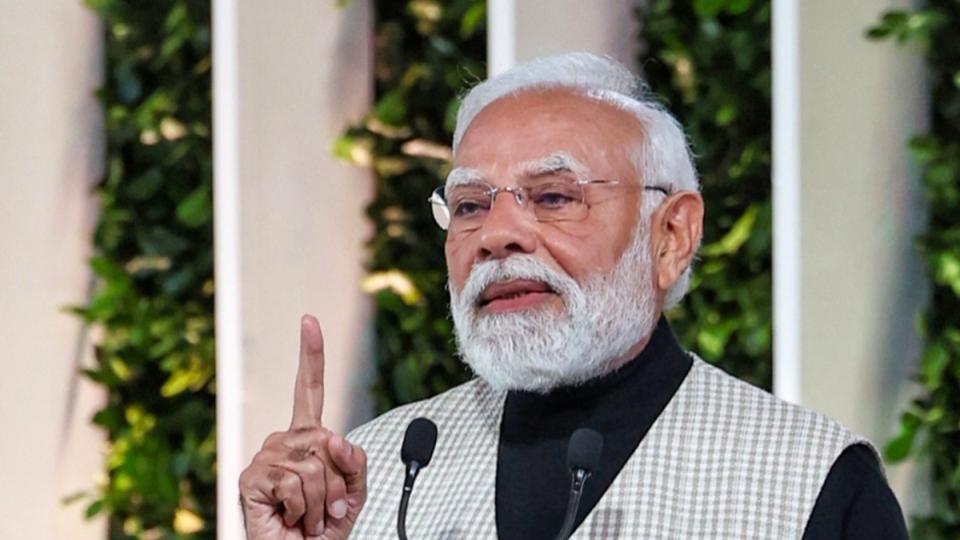
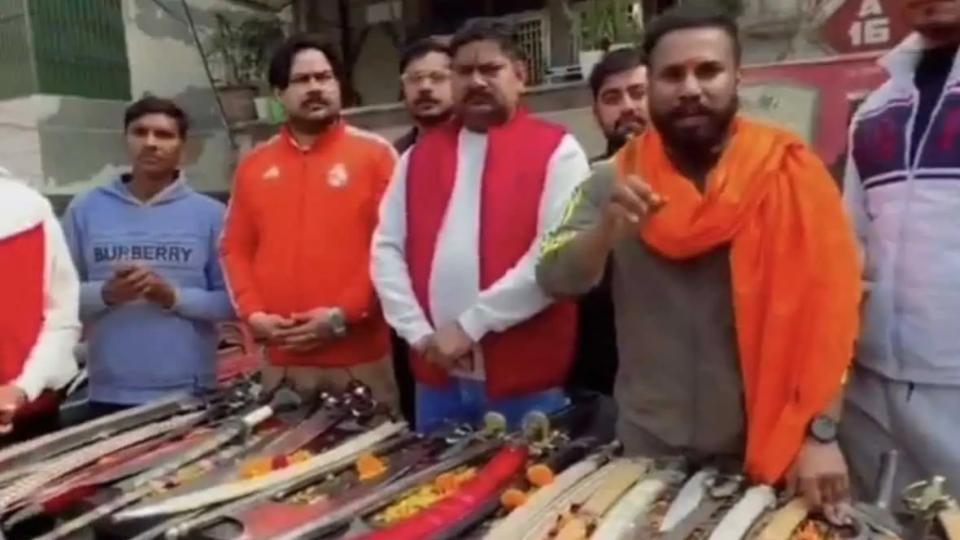
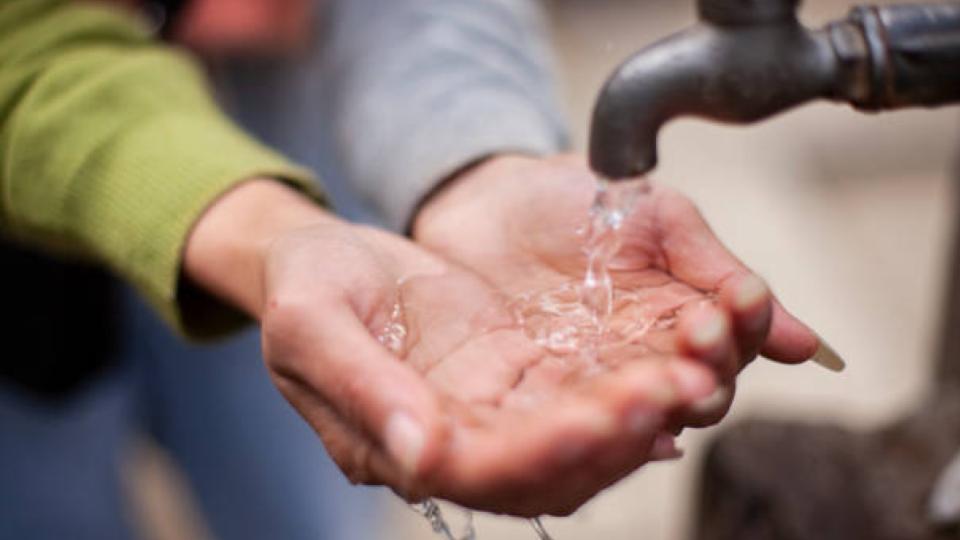

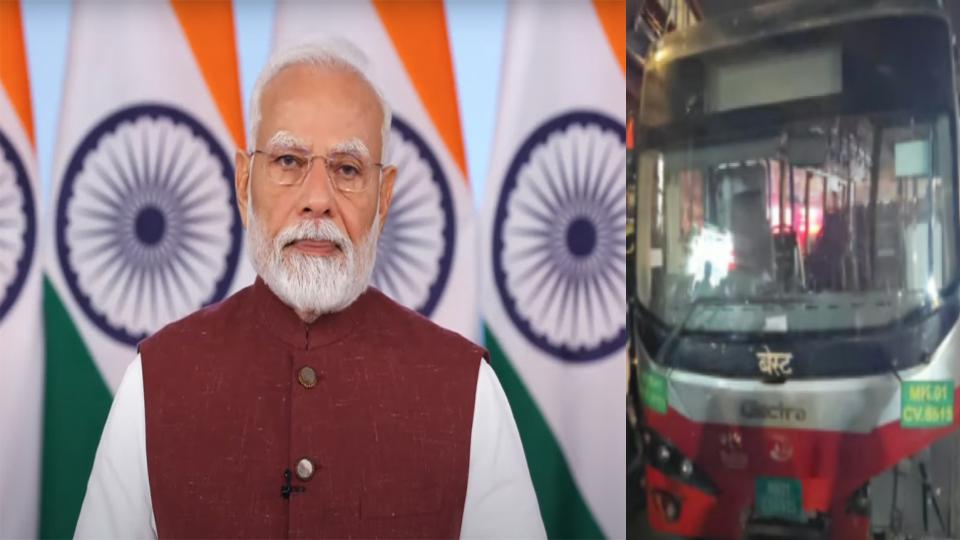
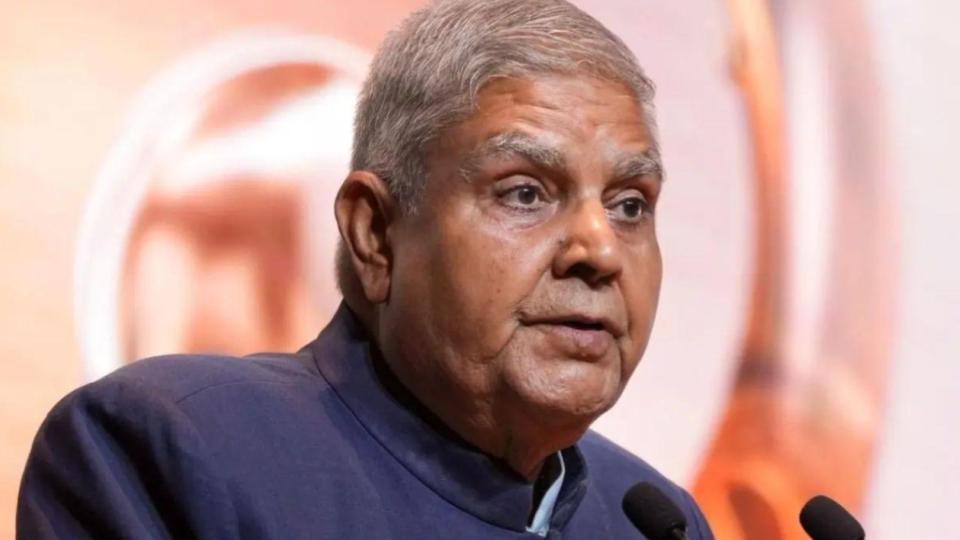
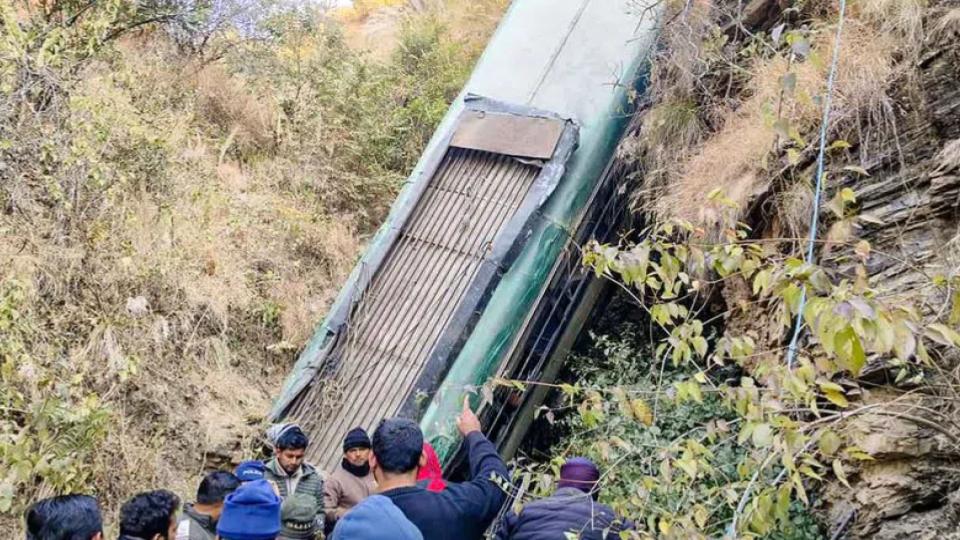

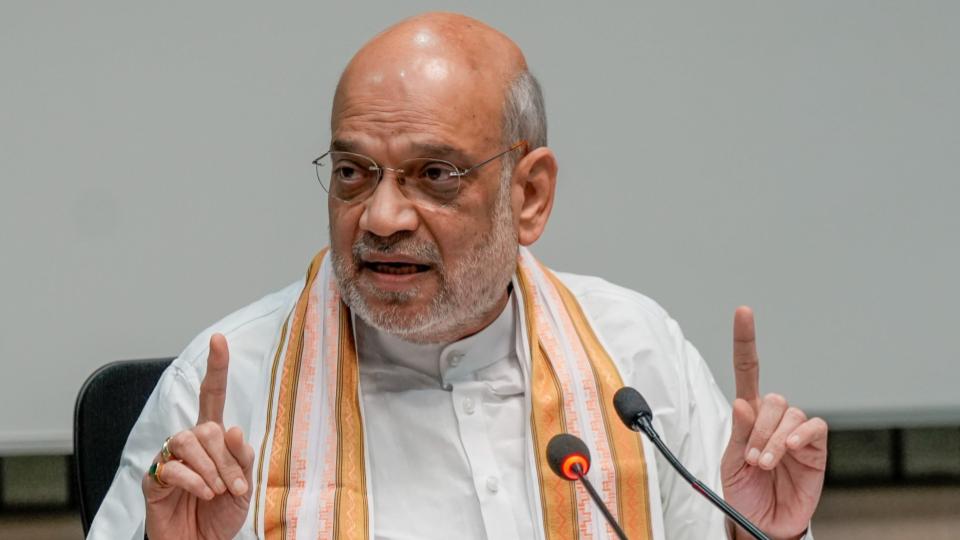
.jpg)
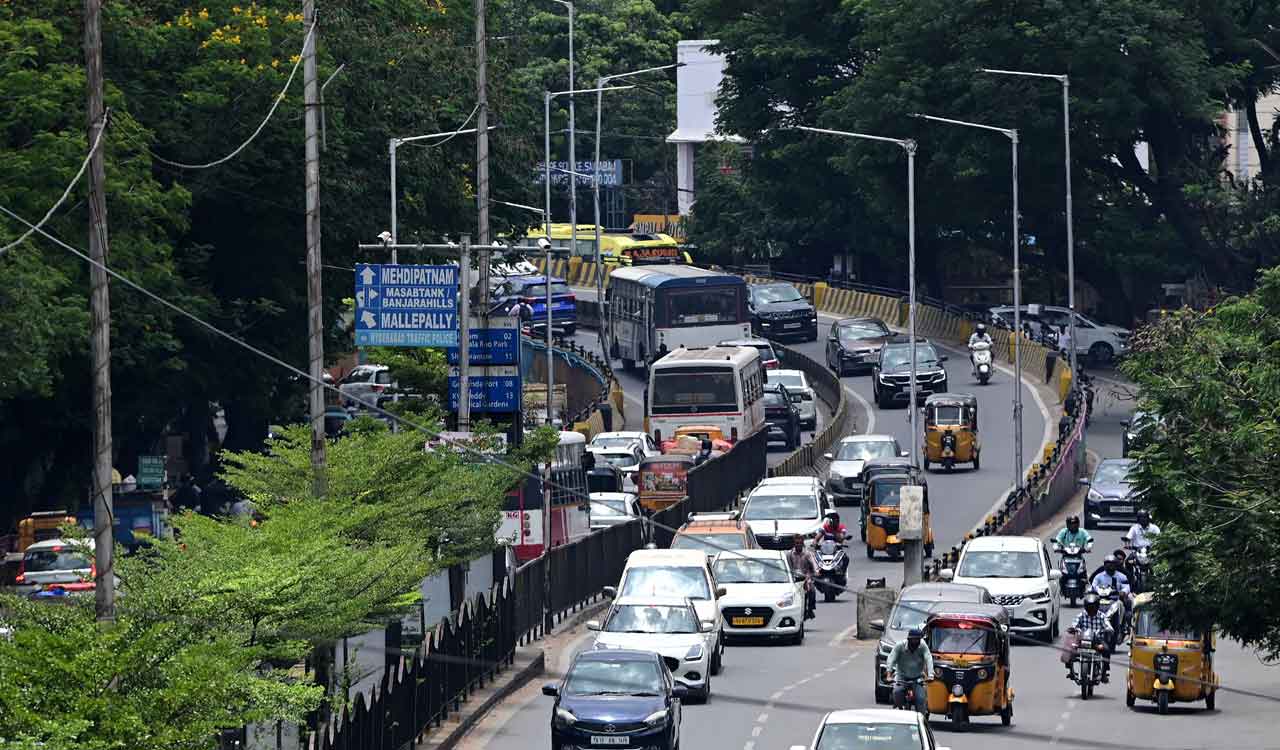
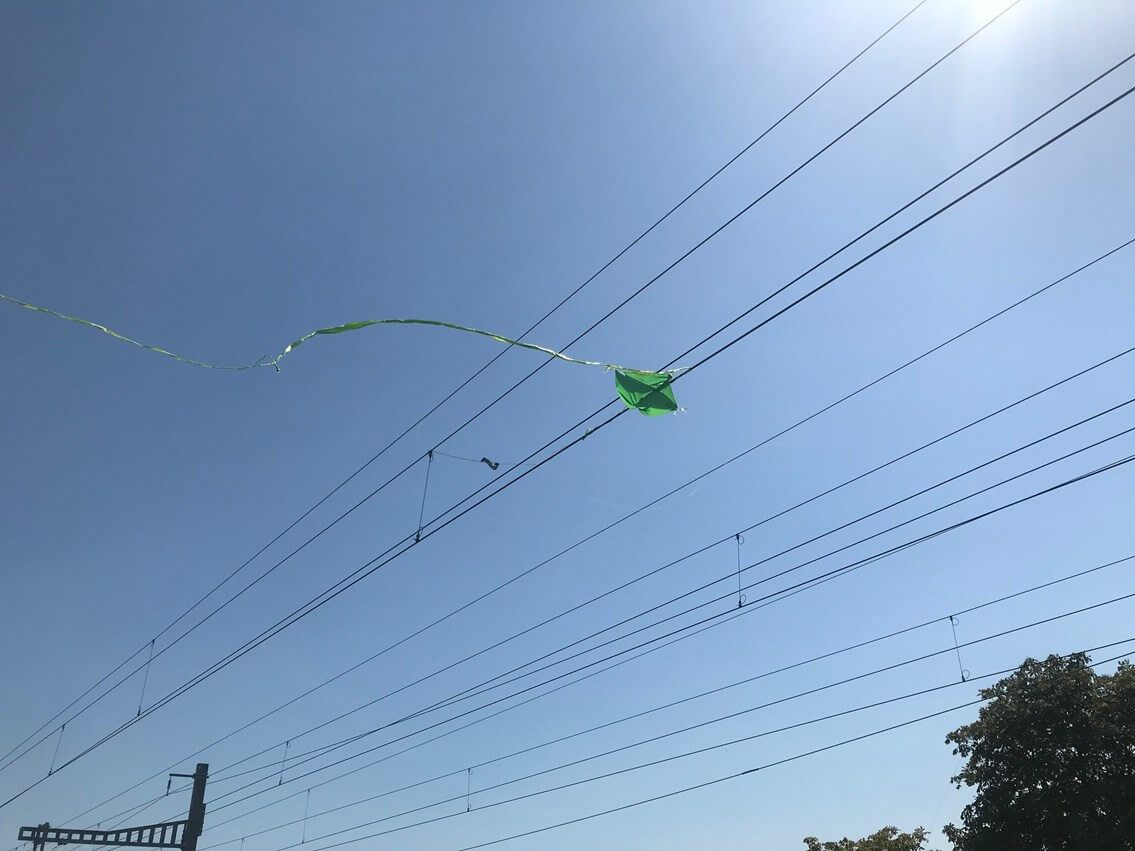
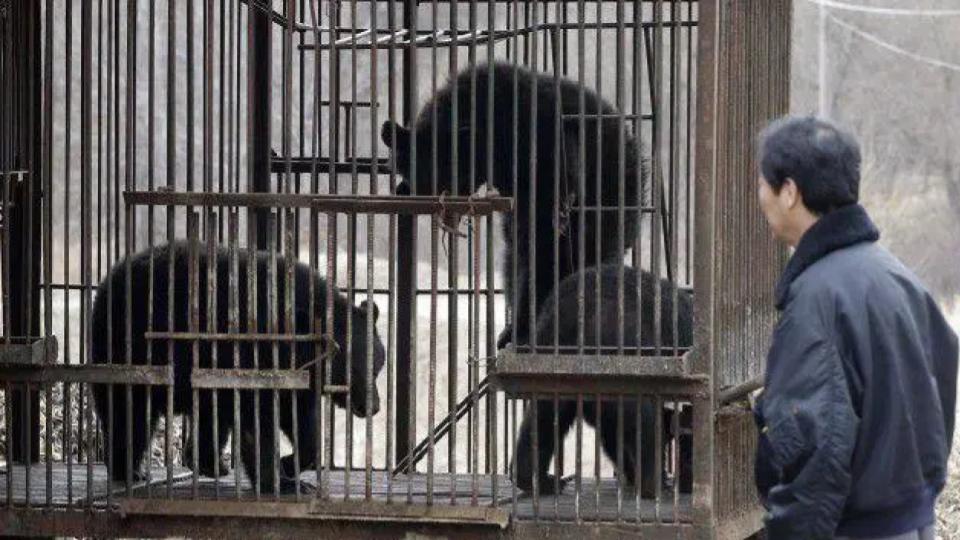
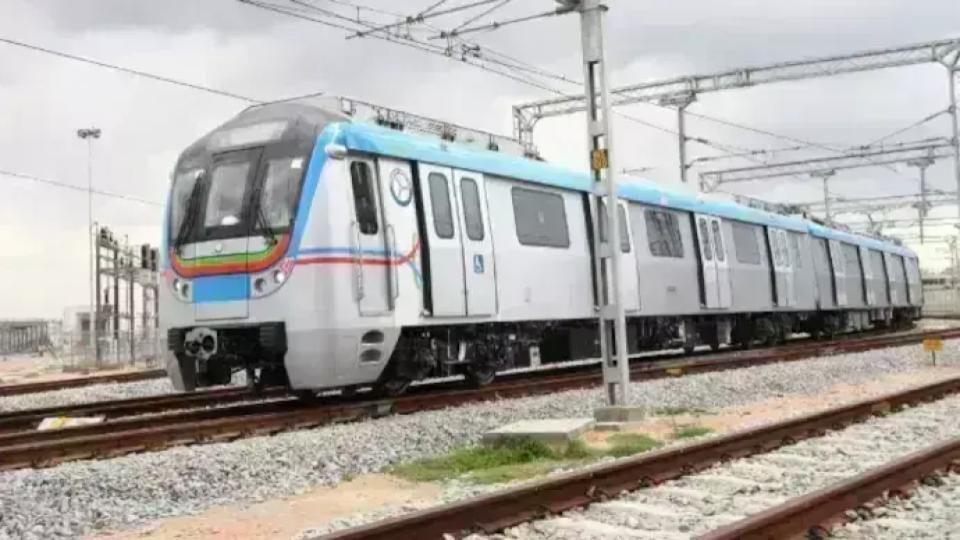
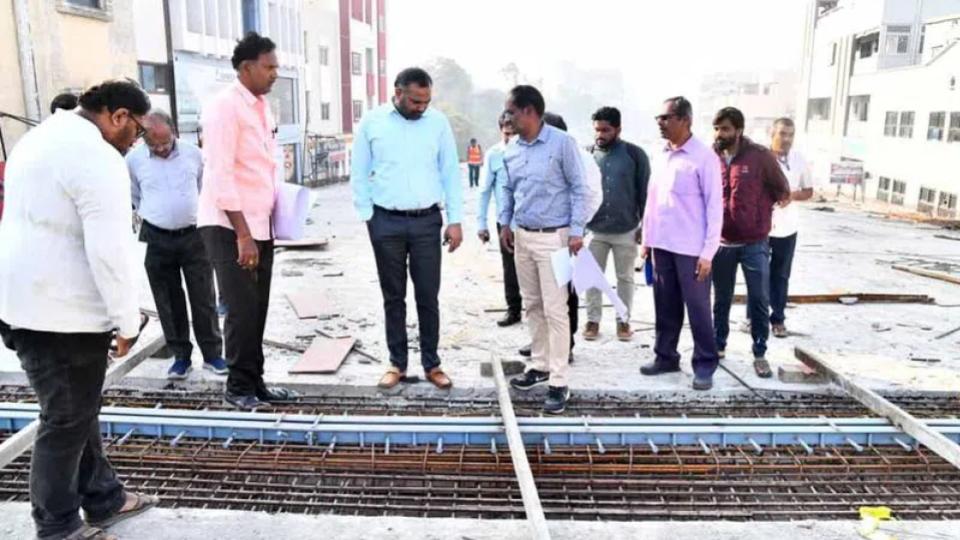
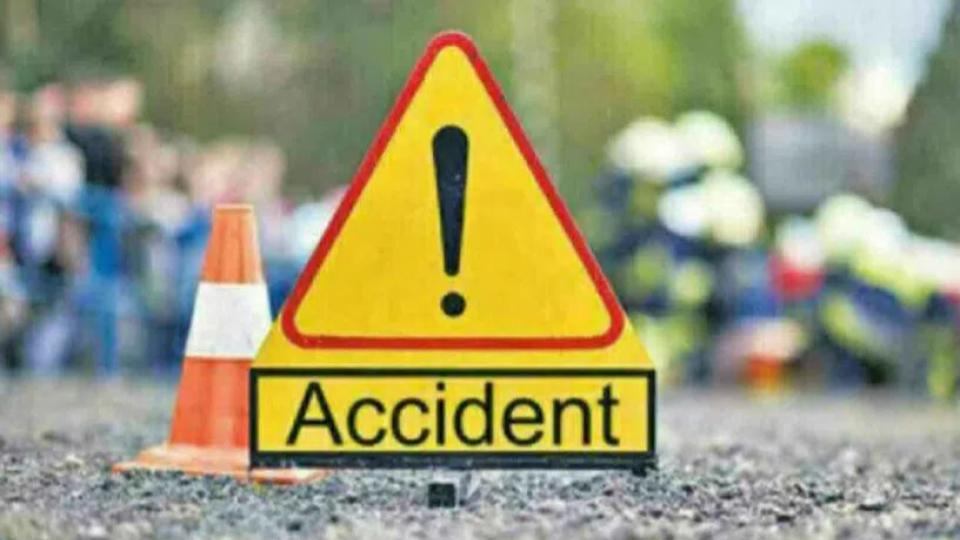
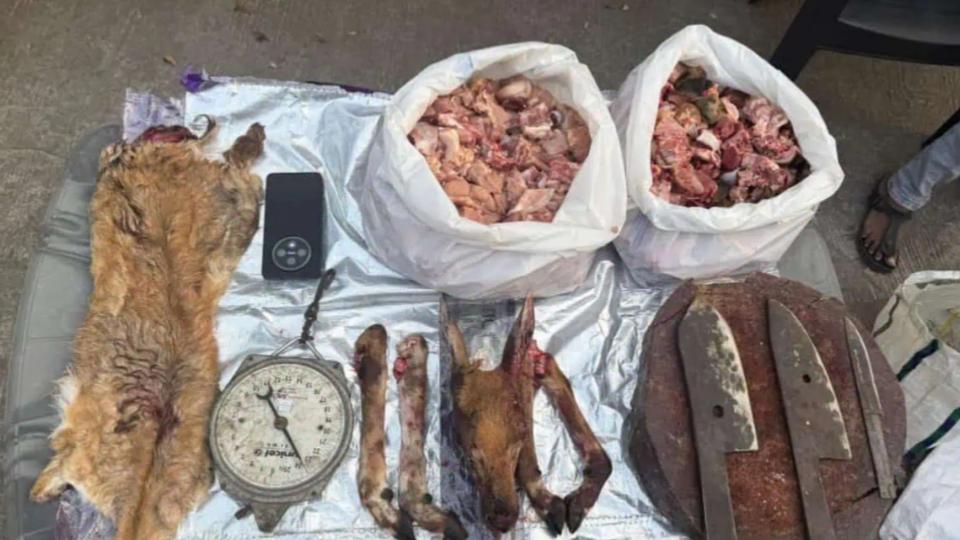

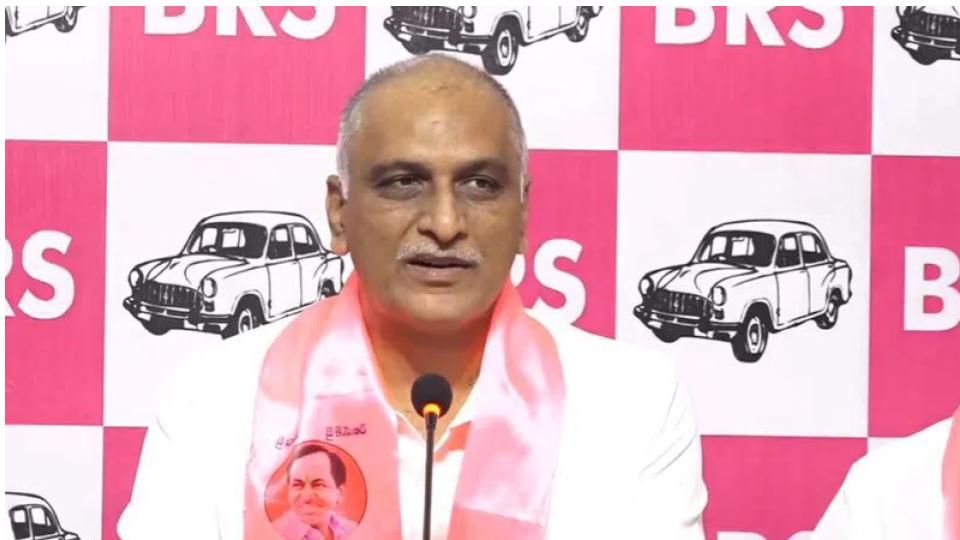














.jpg)
.jpg)
.jpg)


